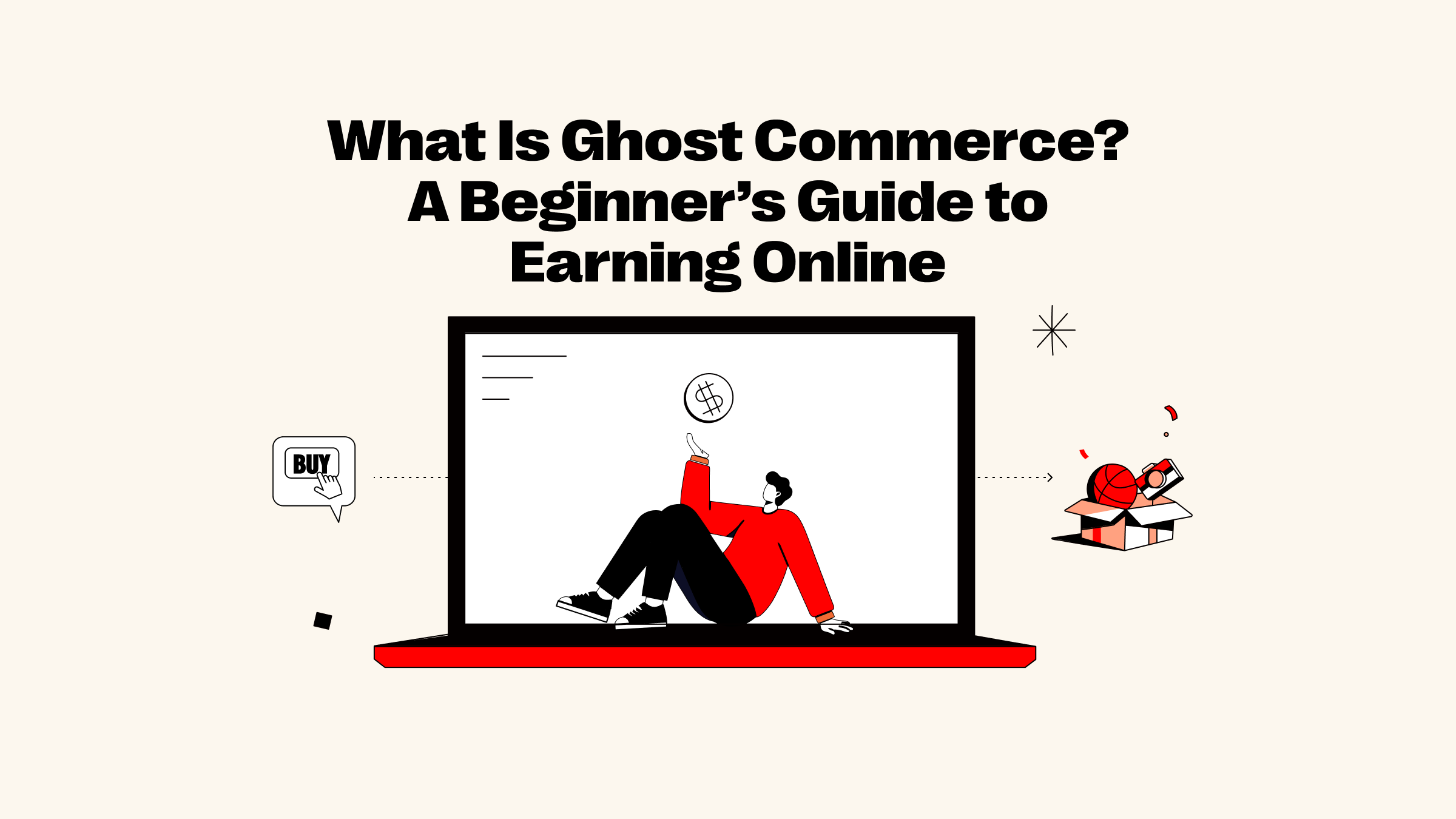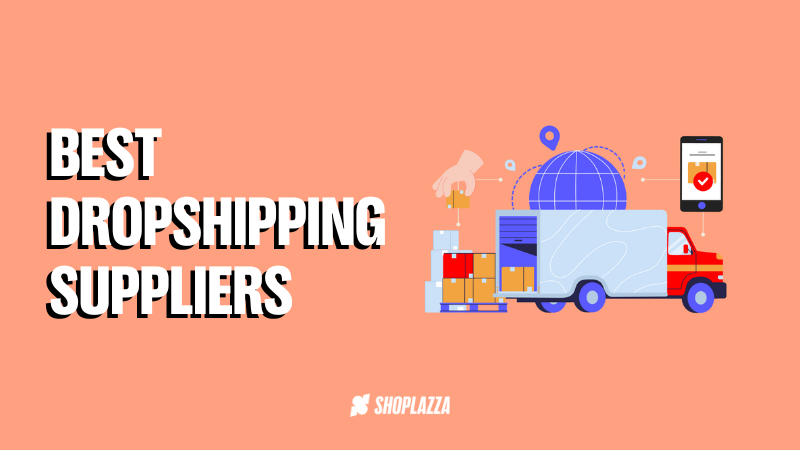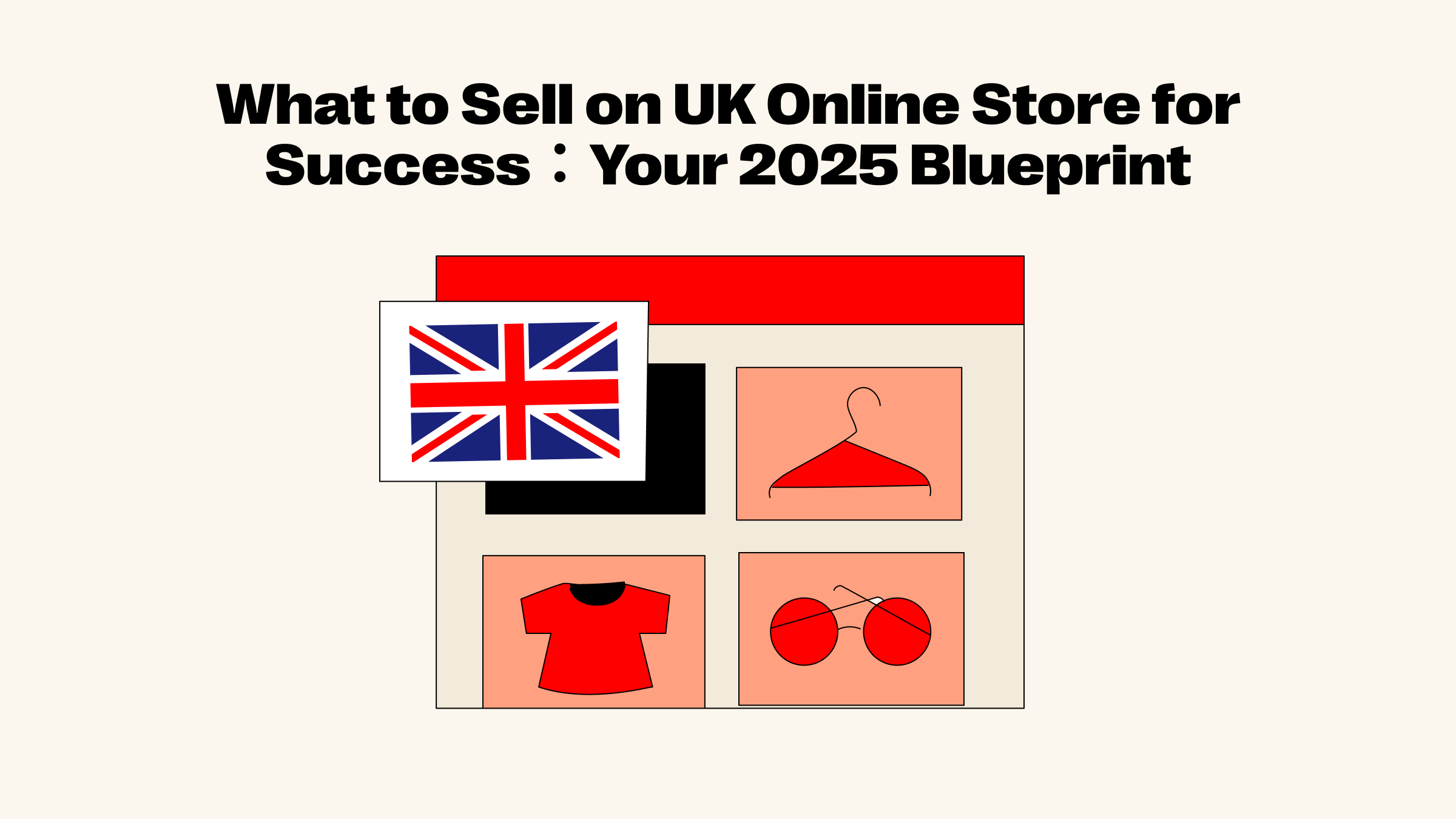
Ah, the world of online selling can feel like a maze, can't it? One minute you're dreaming of launching your own store, and the next you're drowning in terms like "inventory management" and "fulfillment." But what if I told you there are exciting ways to sell products without ever touching a box or storing a single item? Today, we're going to shine a light on two popular paths: Ghost Commerce vs. Dropshipping, helping you understand the real difference and find the perfect fit for your entrepreneurial journey.
What's the difference between ghost commerce and dropshipping?

Ghost commerce vs. dropshipping are two ways to earn online. Ghost commerce lets you sell things without keeping any stock. It uses methods like affiliate marketing, white labeling or social shopping. Dropshipping is different. You sell items but the supplier sends them to the buyer.
Both models have their strengths. If you're new to online business, learning about Ghost commerce vs. dropshipping is a smart first step toward finding the right path for you.
What is ghost commerce?
Ghost commerce is a type of online selling. You don’t need to keep products in stock. Instead, you focus on promoting and building your brand. This way, you can sell items without worrying about storing them.
Key features of ghost commerce

Ghost commerce is simple and flexible. Here’s why people like it:
-
Low startup costs: No need to buy or store products.
-
Easy scalability: Adding more products is quick and affordable.
-
Lower financial risk: No leftover stock means less money wasted.
These benefits make ghost commerce a good choice for beginners.
How ghost commerce works
Ghost commerce uses methods like affiliate marketing or social shopping. For example, you can promote products on your website or social media. When someone buys it, the supplier ships the item. Your job is to market and grow your brand.
Example: Creators on TikTok or YouTube Shorts post short videos about trending products, like gadgets or skincare. They add Amazon affiliate links to their bio or comments, earning a commission when viewers buy. The TikTok account @dailygadgetsfinds shares viral Amazon products and earns through affiliate links without selling anything themselves.
What is dropshipping?
Dropshipping is another way to sell online. You don’t keep products in stock. When someone orders, the supplier sends the product directly to them.
Key features of dropshipping

Dropshipping has some great advantages:
-
No inventory management: You don’t need to store products.
-
Low overhead costs: No storage costs mean lower expenses.
-
Global reach: Sell to anyone, anywhere, without shipping worries.
How dropshipping works
You create an online store and list products from dropshipping suppliers. When a customer places an order, you forward the details to the supplier, who then ships the product directly to the customer. You earn a profit by setting a higher retail price than the supplier’s cost. To help you get started, check out this guide: How to Make a Profitable Dropshipping Website Fast in 2025.
Example: Some content brands like 5-Minute Crafts and Troom Troom launched online stores selling quirky household gadgets and DIY tools. These stores were often dropshipped from AliExpress or similar suppliers, using their massive video reach to drive traffic.
Is dropshipping the same as ghost ecommerce?
Not exactly! Both let you sell without keeping stock, but they’re different. Ghost commerce focuses on marketing and branding, like affiliate programs. Dropshipping is more about working with suppliers and shipping orders.
Tip: Not sure which one is right for you? Think about your skills. If you’re good at marketing, ghost commerce might be better. If you like running an online store, try dropshipping.
Ghost commerce vs. Dropshipping: 10 Key comparisons

Product type
Ghost commerce lets you sell many kinds of products. These include physical items, digital goods, or even services. It often uses affiliate marketing, print-on-demand, or white labeling. For example, you could sell custom t-shirts through print-on-demand. You might also promote software subscriptions as an affiliate.
Dropshipping mainly focuses on physical products. You work with suppliers who store and ship items for you. This gives access to many products but limits customization. If you want a unique brand, ghost commerce may suit you better.
Tip: Think about your goals. Want a personal brand? Ghost commerce offers more choices. Prefer selling trending items easily? Dropshipping is a good option.
Fulfillment
Fulfillment works differently in these two models. Ghost commerce uses various methods based on the business type. For affiliate marketing, you don’t handle fulfillment. The company you promote does everything. With print-on-demand, items are made and shipped after a customer orders.
Dropshipping has a simpler process. When someone buys from your store, you send the order to your supplier. They package and ship it directly to the buyer. While quick, it doesn’t allow much personalization.
Note: Want a scalable business with loyal customers? Ghost commerce is a great choice. Prefer a simpler setup with less effort? Dropshipping might be better for you.
Branding and customer experience
Ghost commerce lets you control your brand better. You can pick products that match your ideas and create a unique identity. Whether you use affiliate marketing or sell custom items with print-on-demand, you can make your customers’ experience special. This helps your business stand out in online shopping.
Dropshipping gives less control over branding. Suppliers handle products, packaging, and shipping. This makes it harder to offer a personal touch. Customers might get plain packaging or face delays, which could hurt your store’s image. But dropshipping is fast and reaches people worldwide. If speed matters more than branding, dropshipping might suit you.
Tip: Want loyal customers? Ghost commerce helps you build a strong brand they’ll love.
Profitability
Profitability is important when picking between ghost commerce and dropshipping. Ghost commerce often earns more because there are no storage or inventory costs. Affiliate marketing skips upfront product expenses. Print-on-demand lets you sell custom items without worrying about leftover stock. These methods lower risks and boost profits.
Dropshipping can make money too, but it depends on pricing and supplier fees. You earn by raising product prices, but shipping costs and returns can cut into profits. It’s easy to start, but ghost commerce usually has higher profit margins.
Note: To make more money, focus on giving customers great value. Happy customers return and recommend your store.
Scalability
Ghost commerce grows easily. You don’t manage stock or shipping, so adding new products or reaching new markets is simple. For example, you can promote a new affiliate product or launch a print-on-demand design quickly. This makes ghost commerce perfect for expanding your business without big upfront costs.
Dropshipping can grow too, but it has limits. You rely on suppliers for stock and delivery, which can slow things down as your business gets bigger. Handling more products or orders might also take extra time and effort.
Tip: Want fast growth without worrying about shipping? Ghost commerce is a smart choice. Prefer a simpler setup? Dropshipping can still help you reach more people.
Startup costs
Starting an online business can seem hard, especially with costs. But here’s the good news: both ghost commerce and dropshipping need very little money to begin. That’s why they’re great for beginners.
Ghost commerce is special because it skips big costs like storing products. Instead, you focus on promoting items and growing your brand. This means you can start with a small budget. For example, affiliate marketing only needs a website or social media account. You don’t have to buy products or rent storage space.
Dropshipping also keeps costs low. You don’t buy products upfront. Instead, you list supplier items in your store. When someone orders, the supplier ships it. But you might spend more on setting up your store and running ads. These costs are still lower than regular online businesses.
Tip: On a tight budget? Ghost commerce is a smart choice. Start small and grow as you earn.
Technical requirements
Both ghost commerce and dropshipping are easy for beginners. You don’t need advanced tech skills, but knowing the basics helps.
For ghost commerce, the tools depend on your method. Affiliate marketing needs a website or blog, platforms like Shoplazza make this simple. Social media marketing is even easier—just use Instagram or TikTok. Tools like Canva help you create cool posts to promote products.
Dropshipping takes a bit more setup. After creating your store, you’ll need to find a supplier, like CJdropshipping or AliExpress—add products, set prices, and start selling. The supplier handles shipping.
Here’s a quick list of skills you might need:
-
Ghost Commerce:
-
Set up a website or social media account.
-
Create content for marketing.
-
Use affiliate or print-on-demand platforms.
-
-
Dropshipping:
-
Build an online store.
-
Connect supplier apps.
-
Run ads to attract buyers.
-
Resource allocation and automation
When it comes to how you spend your time and resources, dropshipping often benefits from powerful automation tools. Many platforms, like Shoplazza, integrate with dropshipping apps that handle everything from order processing to inventory updates. This means once your store is set up, most day-to-day tasks can run on autopilot.
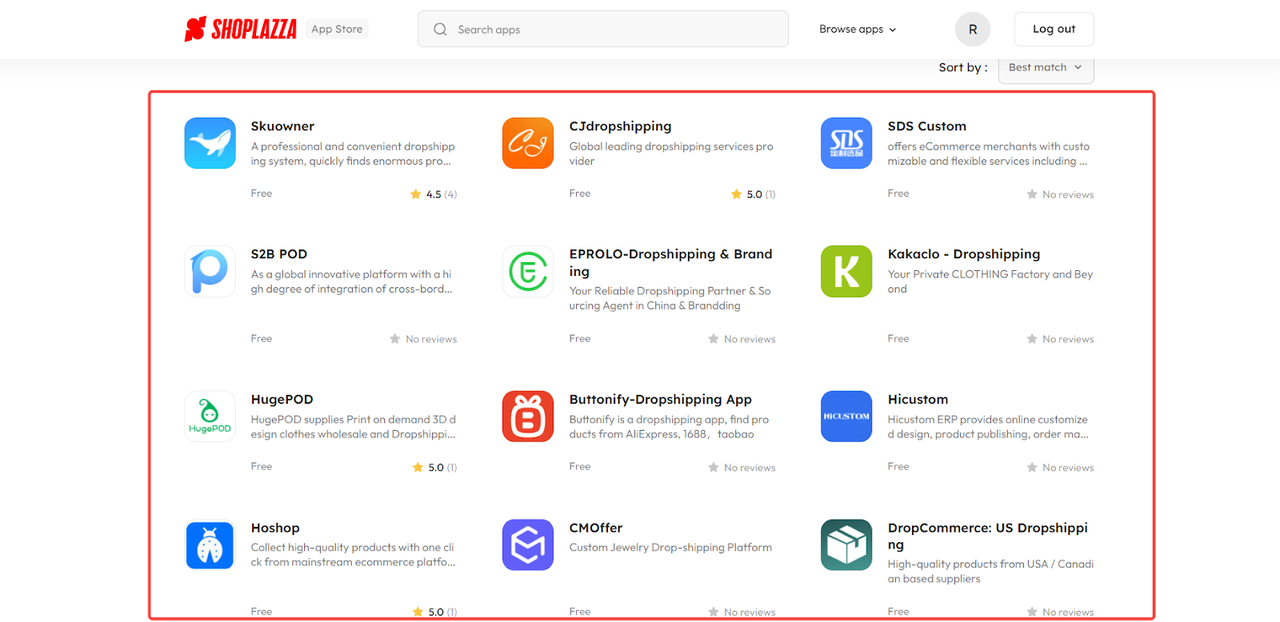
Ghost commerce, on the other hand, relies more on ongoing effort in content creation, audience engagement, and affiliate relationship management. You may not have to deal with logistics, but you’ll need to consistently produce content (like videos, blogs, or reviews) to keep your traffic and commissions flowing.
Tips: If you prefer a “set-it-and-scale-it” approach, dropshipping might be easier to automate. But if you enjoy content creation and community-building, ghost commerce could be more rewarding.
Global reach and market flexibility
Ghost commerce naturally lends itself to global reach. Through affiliate networks and social platforms like TikTok, YouTube, or Instagram, you can promote products to anyone, anywhere—without worrying about shipping. You're simply driving traffic and earning from clicks or sales, making it highly flexible.
Dropshipping, while still capable of reaching international markets, depends more heavily on your suppliers' logistics. Shipping times, delivery fees, and customs can vary greatly by region. Plus, some suppliers may only serve certain countries, limiting your reach unless you work with multiple fulfillment partners.
Tips: If your goal is to market globally with minimal shipping concerns, ghost commerce offers greater flexibility. Dropshipping can go global too, but you’ll need to carefully vet suppliers and shipping options.
Long-term business sustainability
For a lasting business, both models have strengths—but they serve different goals.
Dropshipping is great for testing product ideas quickly and scaling fast if something sells well. However, competition is high, and since many sellers source from the same suppliers, it can be hard to stand out without excellent branding and customer service.
Ghost commerce, while slower to build, supports a brand-driven model. You can earn from multiple sources—affiliate marketing, sponsored content, digital products, and more. If you grow an audience and build trust, you can create a sustainable income stream over time.
Tips: If you want fast results and are willing to optimize and adapt, dropshipping can be profitable. If you’re playing the long game and want multiple income streams, ghost commerce may be the better path.
Choosing the right model for your goals
Factors to consider

Picking between ghost commerce and dropshipping depends on your needs. Think about these important points:
- Budget
Starting with little money? Ghost commerce could be better. You don’t need to pay for inventory or storage. For example, affiliate marketing only needs a website or social media account. Dropshipping also has low costs, but you might spend more on ads and setting up your store.
- Time Commitment
Ghost commerce centers on content creation and brand building, which takes time to grow but can become more passive over time. Dropshipping requires ongoing involvement—managing your store, handling customer service, and coordinating with suppliers. If you're looking for a more hands-off approach in the long run, ghost commerce might suit you better. But if you prefer more control and quicker results, dropshipping could be a good fit.
- Technical Skills
Are you good with tech? Ghost commerce can be simple, like making content for affiliate marketing or using print-on-demand. Dropshipping needs more skills, like connecting supplier apps and managing a store. Platforms like Shoplazza make both options beginner-friendly.
- Business Goals
What do you want to achieve? If you want a personal brand and loyal customers, ghost commerce is more flexible. If you want to sell popular items fast and reach many people, dropshipping is a good choice.
Tip: Write down your goals and resources. This will help you pick the best model for your needs.
Why Shoplazza is ideal for ghost commerce & dropshipping
Shoplazza makes ghost commerce and dropshipping easy and effective. Here’s why it’s a great option:
?? Easy Setup
Build a professional store fast with Shoplazza’s drag-and-drop page builder—no coding required. Choose from industry-specific website themes to get started in minutes.
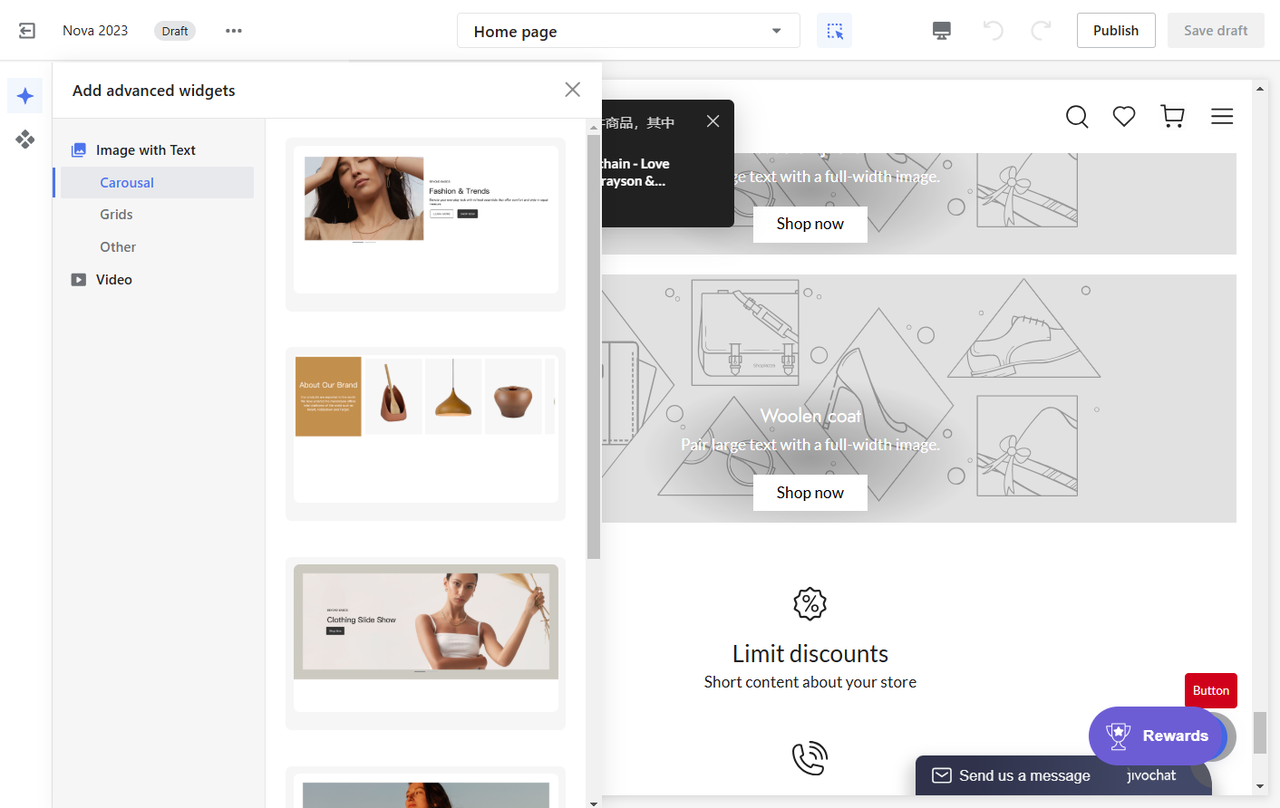
?? Supplier Integration
Shoplazza integrates with CJDropshipping, allowing you to easily import products from 1688, Taobao, and AliExpress. It also automates inventory updates and order processing, saving you time and effort.
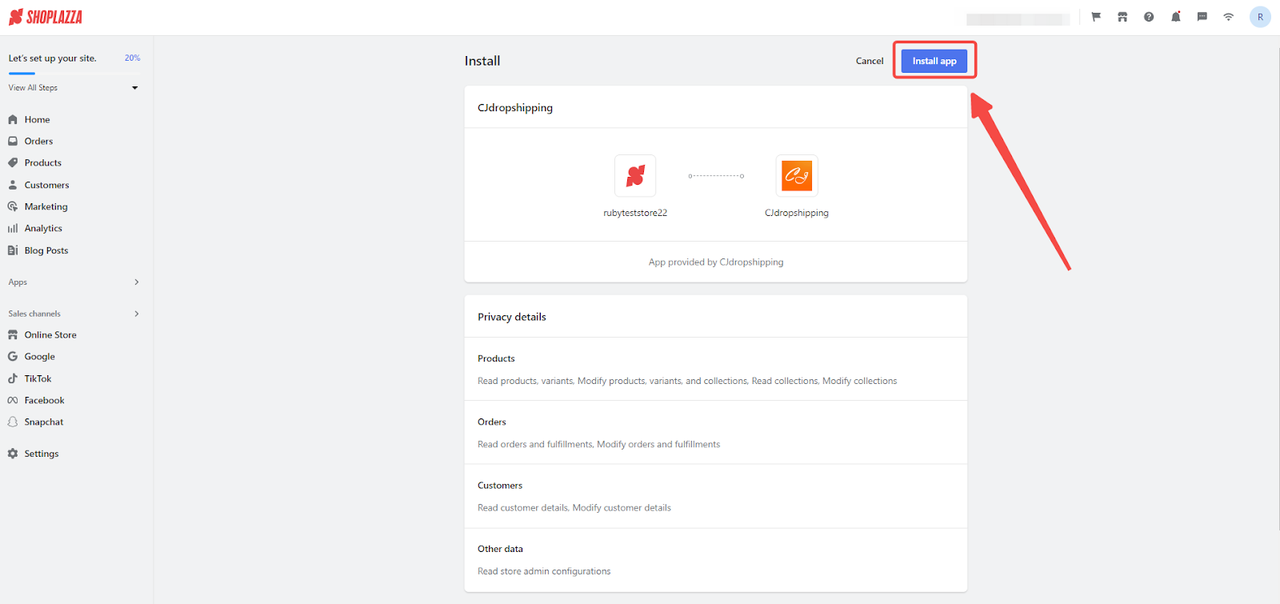
?? Marketing Made Simple
Boost traffic and sales with built-in local SEO tools, email marketing, and easy social media integration—all in one place.
?? Global Payments
Shoplazza Payments supports popular methods like credit cards, Google Pay, Apple Pay, BNPL, and iDeal to boost conversion rates and enhance the checkout experience.
?? Ready for Global Sales
Sell globally with multi-language and multi-currency support—perfect for reaching customers anywhere.
Conclusion
Ghost commerce and dropshipping are two ways to start online businesses. Ghost commerce is great for low costs and building a brand. Dropshipping works well for growing fast and making profits. Ghost commerce needs more skills, but dropshipping lets you sell without showing your identity.
Pick the model that fits your goals and resources. Ghost commerce is better for selling unique products and creating a brand. Dropshipping is good for reaching more people and growing quickly.
Shoplazza makes both models easy to use. Its tools don’t need coding and support global payments. It also helps with marketing to grow your business. Whether you promote products or run a dropshipping store, Shoplazza has what you need to succeed.
FAQ
What’s the main difference between ghost commerce and dropshipping?
Ghost commerce uses methods like affiliate marketing and white labeling. Dropshipping is about suppliers shipping products directly to buyers. Ghost commerce builds brands, while dropshipping focuses on selling items fast.
Can I do ghost commerce and dropshipping at the same time?
Yes, you can combine both! Run a dropshipping store and promote affiliate products. Use blogs or social media to earn from both methods. This helps you make money in different ways.
Which model is better for beginners?
It depends on your goals. Ghost commerce is good for branding and low costs. Dropshipping is great for selling popular items quickly. Both are easy to start with tools like Shoplazza.
Do I need technical skills to start?
Not much! Ghost commerce needs simple skills like making content or websites. Dropshipping may need more, like managing stores. Platforms like Shoplazza make both models simple for beginners.
How much money do I need to start?
Both need little money to begin. Ghost commerce only needs a website or social media. Dropshipping might need more for ads and store setup. Start small and grow as you earn.
Tip: Begin with a small budget and reinvest profits to expand.
